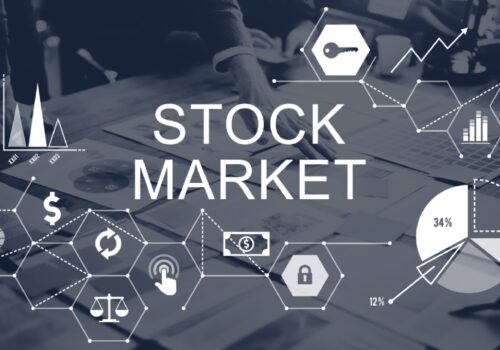Is There a Need for GRC – Governance, Risk, and Compliance for Small and Medium Enterprises
Small and medium enterprises (SMEs) face unique challenges in managing their operations effectively while keeping up with regulatory requirements. For many, the concept of Governance, Risk, and Compliance (GRC) might seem like an added complexity reserved for larger corporations. However, the reality is quite different. Employing tools like GRC software can be an essential step toward streamlining business processes, enhancing security, and mitigating risks effectively.
Why GRC Matters for SMEs
GRC is not just a buzzword; it represents an integrated approach that ensures better decision-making, reduces vulnerabilities, and aligns business goals with regulatory frameworks. Without a robust GRC framework, SMEs may find themselves exposed to unnecessary risks, including financial losses and reputational damage.
The Growing Need for Compliance
With rapidly evolving regulations in various industries, SMEs can no longer afford to overlook compliance requirements. A well-structured GRC system ensures that these businesses remain compliant while maintaining operational efficiency. For example, investing in a structured GRC strategy helps SMEs avoid penalties and better manage risks associated with audits or legal oversight.
A deeper understanding of the role of GRC in cyber-security further reinforces the importance of GRC for SMEs. By integrating security and data management practices into the GRC framework, businesses can address modern-day cyber threats efficiently, safeguarding both customer information and operational integrity.
Risk Management Made Simpler
Risk is an inevitable part of every business. However, unmanaged risks can escalate into critical threats, especially for SMEs. This is where GRC offers immense value. An effective GRC framework helps businesses:
- Identify risks early.
- Assess their potential impact.
- Establish measures to mitigate them.
Beyond identifying risks, GRC enables continuous monitoring, which ensures that businesses can adapt quickly to emerging threats. The ability to identify and manage risks in real time can significantly improve business resilience.
Leveraging Data for Better Decision-Making
An often-overlooked aspect of GRC is its ability to empower decision-makers. With comprehensive dashboards and real-time insights, leaders are equipped with the tools they need to make informed decisions. Incorporating GRC dashboards directly contributes to improving decision-making and governance outcomes with GRC dashboards. These dashboards not only present a clear picture of an organization’s compliance efforts but also help align strategies to long-term goals.
GRC as a Growth Enabler for SMEs
Adopting GRC practices is more than just a defensive move to comply with regulations; it can also be a strategic advantage. By streamlining workflows, reducing redundancies, and optimizing risk management processes, SMEs can focus more on innovation and growth. A well-executed GRC strategy creates a robust foundation for scaling operations without fear of non-compliance or unchecked risks.
Additionally, aligning governance practices with business objectives fosters trust among stakeholders, including clients, investors, and partners. This trust can translate into stronger business relationships and long-term success.
Conclusion
For SMEs, the need for Governance, Risk, and Compliance is greater now than ever before. Implementing an integrated GRC framework not only ensures regulatory compliance but also helps businesses tackle risks effectively and make confident decisions. Tools like grc software are instrumental in this process, offering scalable solutions for businesses to improve their operational performance and resilience. By leveraging the benefits of GRC, SMEs can build trustworthy, sustainable operations that thrive in an increasingly complex business environment.





